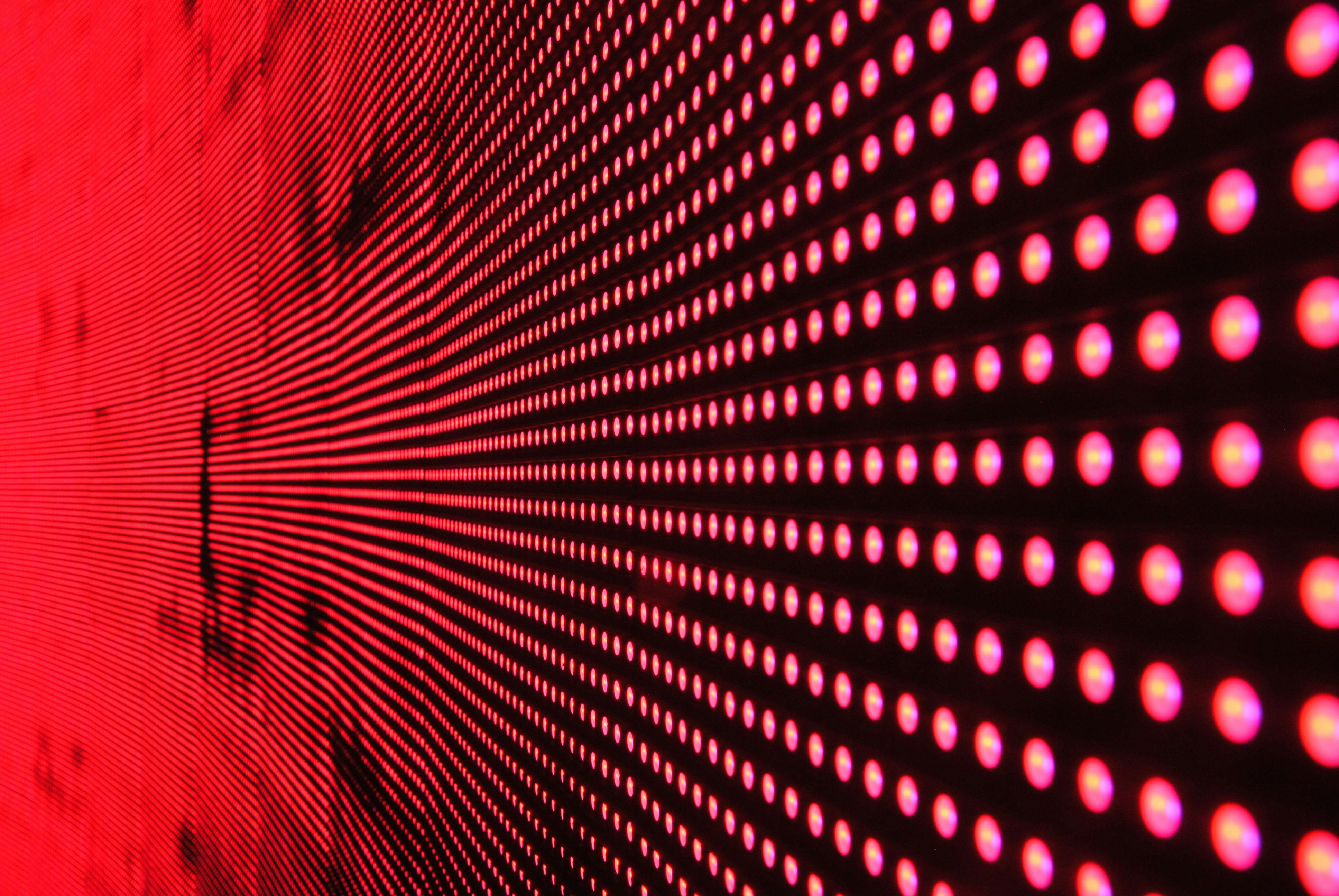A New Dawn: Rise of Digital Art in the Era of Technology
Introduction: As technology permeates every sphere of our lives, it also revolutionizes the realm of art, giving birth to an unprecedented form of expression - Digital Art. This article delves into the history, current trends, and the significance of this burgeoning artistic movement.

Tracing the Origins of Digital Art
The history of digital art is intertwined with the evolution of technology. The advent of computers in the 1960s heralded a new era in the art world. Early pioneers, such as Frieder Nake and Vera Molnar, began exploring the potential of machines to create art. Initially, digital art was confined to the realms of academia and research, but with the democratization of technology, it spread to wider audiences.
The Current Landscape of Digital Art
Today, digital art is a broad field encompassing various forms, from digital painting and sculptures to interactive installations and virtual reality experiences. The recent surge in popularity of Non-Fungible Tokens (NFTs) has further propelled digital art into mainstream consciousness. Artists like Beeple have sold digital art pieces for millions of dollars through blockchain technology, marking a watershed moment for the industry.
The Impact of Digital Art on Society and Culture
Digital art has significantly impacted society and culture. It has democratized the art world, making it more accessible to a broader audience. With digital tools, anyone can become an artist, breaking down barriers of elitism. Moreover, digital art provides a platform for artists to explore themes like technology’s influence on human life, privacy concerns, and the virtual versus the real world.
The Reception and Criticism of Digital Art
Despite its growing popularity, digital art has faced its share of criticism. Traditionalists argue that it lacks the tactile quality and craftsmanship of traditional art. However, supporters counter that digital art is simply a different medium, with its own techniques and aesthetics. It’s a debate that echoes those that have accompanied every major shift in artistic expression, from the advent of photography to the rise of abstract art.
The Future of Digital Art
The future of digital art appears promising. With advancements in technology like augmented reality, artificial intelligence, and 3D printing, the possibilities for digital art are expanding. Furthermore, the integration of digital art with blockchain technology suggests a future where digital artists have greater control over their work’s distribution and ownership.
In conclusion, digital art is a fascinating, dynamic, and evolving field. Like any form of art, it reflects the society and times we live in. As we continue to navigate the digital era, it’s certain that digital art will continue to grow, innovate, and challenge our perceptions of what art can be.




